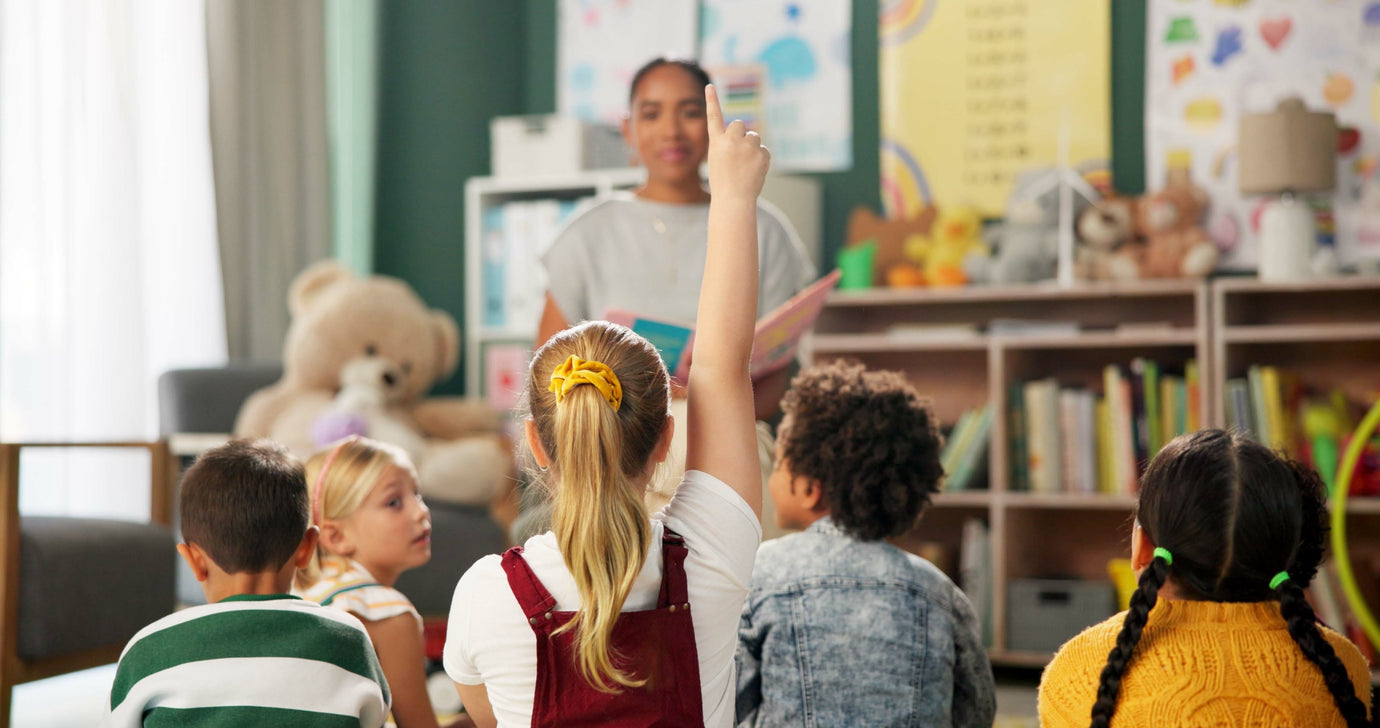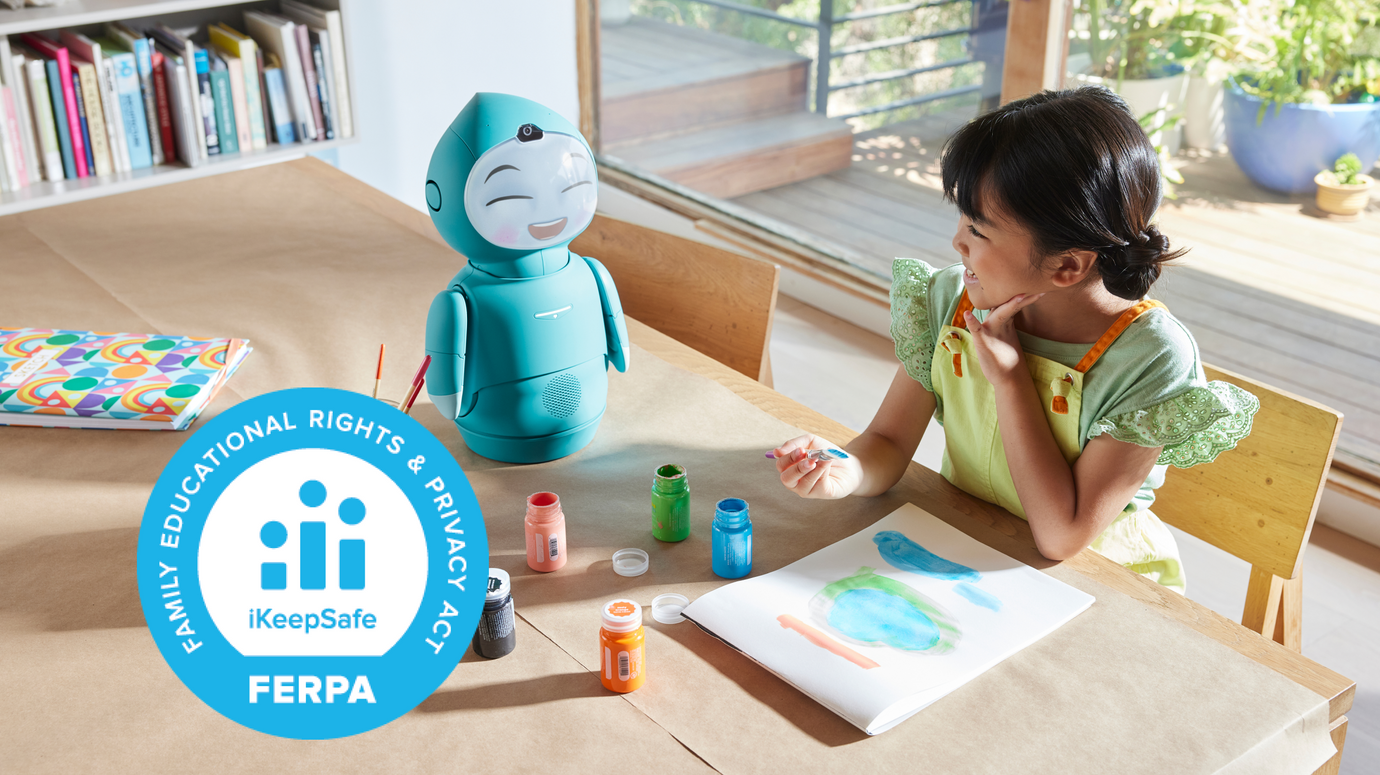Mr Rogers’ Neighborhood and Sesame Street: Pioneers in SEL
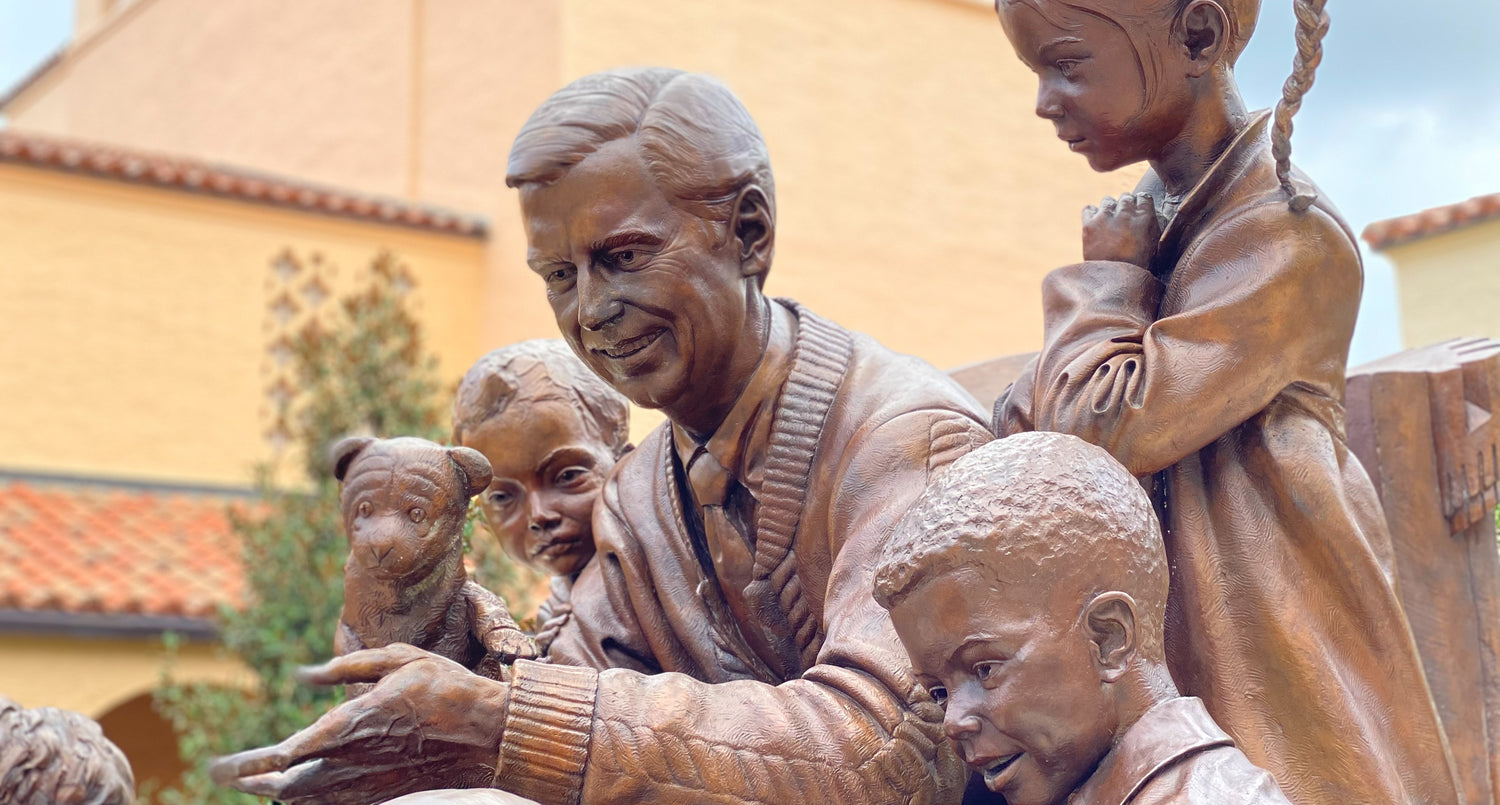
“A Beautiful Day for a Neighbor” 360-degree outdoor sculpture at Rollins College in Winter Park, Florida by British sculptor Paul Day. Mr Rogers with Daniel Tiger and children
The early days of children’s television were filled with cartoon slapstick mayhem and Howdy Doody-type comedy sketches. These shows certainly entertained kids, but they weren’t particularly educational – at least not in a positive way. It was from this media landscape that two shows came on air, cleverly took advantage of a hugely popular relatively new technology, and changed our expectations about what media can do for kids. Sesame Street and Mr. Rogers’ Neighborhood set the stage for the idea that kids can learn from high quality, thoughtful media. And they both addressed themes in social emotional learning – long before it was a buzz phrase.
Mr. Roger's Neighborhood
“More than 60 years ago, Fred Rogers pioneered the use of television—the emerging medium of that time—to nurture and educate young children” Fred Rogers Institute
Fred Rogers, shy and sometimes bullied as a kid, grew up to study music and prepared to enter the seminary to become a Presbytarian minister. Those plans took a detour when he watched television for the first time. He hated it. He was disheartened by shows that seemed demeaning. And yet, he recognized the potential that TV had to broadcast messaging and influence viewers. So he decided to do something about it. After several years of puppeteering and working in local television, in 1968, his new show, Mr. Rogers’ Neighborhood had its national debut. The show was slow and gentle, and was developed with advice and direction from child development experts. It was totally different from anything else on television at the time.
For the few of you out there who aren’t familiar with the show and its catchy theme song, “Won’t You Be My Neighbor?” here’s a synopsis of what Mr. Rogers’ Neighborhood was about. Episodes began with Mr. Rogers welcoming viewers to his home as he changed his trademark cardigan, put on sneakers, and sang the show’s famous neighborly song. He’d then introduce the show’s topic and would proceed to visit and interact with a variety of characters in real and imaginary settings. Through caring, gentle, kind interactions with people (and puppets) of all kinds, Mr. Rogers’ demonstrated lessons in empathy, imagination, respect, school readiness, self control and emotional regulation, self esteem, social skills – or in other words, what would later be called social emotional learning skills and strategies. In an interview with National Public Radio, Linda Simensky, the vice president of children’s programming at PBS said, “Fred Rogers pretty much invented [social and emotional learning] as a topic for a show” (NPR, 2018)
The impact and popularity of the show was big then – and still is today. For example, Mr. Rogers’ Neighborhood ran on the air until 2001, but more than one million people watched a recent 2017 marathon showing all of the 886 episodes produced. The show has inspired others like it, including the hugely popular spin-off Daniel Tiger’s Neighborhood, which also addresses early SEL skills. There are films, documentaries, and books about Fred Rogers’ life. And current research backs up the premises on which Mr. Rogers’ Neighborhood was based, such as the importance of SEL and emotional intelligence.
Sesame Street
“In 1969, Sesame Workshop started with a single bold question: could television be used to educate kids? With a barrier-breaking cast, deep early childhood education expertise, and the unforgettable Muppets of Sesame Street, our founders set out to do just that. We’ve been asking the big questions—and reaching inspiring milestones—ever since.” Sesame Workshop
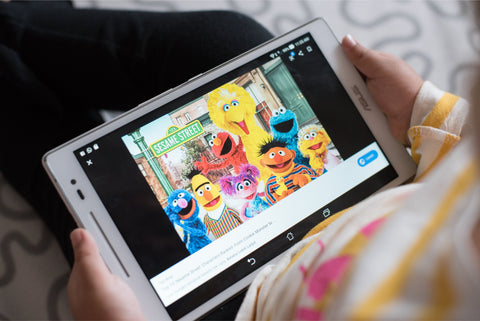
At around the same time that Mr. Rogers’ Neighborhood was getting going, another group of people, led by Joan Ganz Cooney and others, was also developing something extraordinary. Cooney was a young television producer who had a revolutionary idea: what if by mixing entertainment with educational content, television could be used as an educational tool? This idea came at a time when only 9 percent of 3-year-olds and 19 percent of 4-year-olds attended preschool, yet a new focus on early childhood development was revealing just how important those early years are. Getting young kids into high quality preschool is difficult and costly, but thanks to television, getting high quality learning content into kid’s living rooms is comparatively easy. So Cooney gathered a team of educational advisers, researchers, television producers, artists, and more to create something totally new.
Sesame Street presented academic early learning topics in a way that felt entertaining and relatable. A sketch show modeled on the popular variety shows of the times, it was set on an urban block designed to resemble Harlem in New York City. The intent was to help present something that looked familiar to inner city kids, but it soon became wildly popular across the U.S. for kids of all backgrounds, in settings both urban and rural. In an interview with Rosemary Truglio, Sesame’s Senior Vice President of Curriculum and Content, Edutopia describes the impact: “The original target audience, reported The New York Times, was a ‘4-year-old, inner-city, black youngster,’ and in between its charming, mainstream skits on literacy and numeracy, Sesame Street felt by turns avant-garde, iconoclastic, and revolutionary.”
It didn’t take long for Sesame Street to become a hit. By 1970, over five million households were watching a typical episode, and by 1971 as many as 42% of kids aged 2 through 5 watched the show (Kearney & Levine, 2019). Yet the impact of Sesame Street is more than just the huge numbers of kids who have grown up watching it. There’s also an abundance of research suggesting that the show hit its mark in helping make preschoolers ready for school. Over the years, more than 1,000 studies have been conducted exploring the impact of Sesame Street on learning, with most of them finding evidence that the show is an effective educational tool. For example, one 2019 study looked at census data during Sesame Street’s early years and concluded that kids who lived where Sesame Street was broadcast were 14% less likely to be behind in school.
Sesame Street started as a show expertly designed to help prepare all the nation’s young kids for school – and therefore level the playing field for those kids who may not have had the advantage of high quality preschool education. But because it was set in a community, full of different characters learning to co-exist and respect one another – to be neighbors, if you will – the show’s influence quickly grew beyond ABC’s and 123s. School readiness soon started to organically encompass social emotional skills as well. In the Edutopia article cited above, Truglio confirms that at first, “[Cooney] was really focusing on the academic skills. Later, when she determined that children can learn from television shows like Sesame Street, that it can have an educational impact, she started addressing what we call this whole-child, comprehensive school-readiness curriculum.”
Social Emotional Learning Gets a Spotlight and a Name
“The term emotional intelligence (EI) hadn’t been coined when [Mr. Rogers’ Neighborhood] aired in February 1968; 22 years later, in 1990, psychologists Peter Salovey and Jack Mayer put the EI name to the concept.” Dr. Robin Stern, associate director of the Yale Center for Emotional Intelligence, (The Hill, 2019)
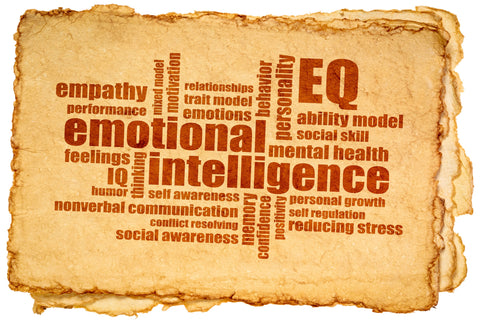
“...Sesame Street has been teaching social and emotional learning from its very first years on air. Back then, there was no major research on the value of SEL—indeed, the term itself didn’t exist in an educational context until 1994. (In the years since, studies have shown that SEL programs can increase academic gains by 11%, and also have a positive impact on life outcomes…)” (Fast Company, 2017)
Years after Mr. Rogers’ Neighborhood and Sesame Street had begun addressing a holistic view of development by supporting emotional intelligence and social emotional learning, social scientists helped the world understand how important these concepts are. Psychologists Peter Salovey and Jack Mayer defined the term emotional intelligence in 1990. Then Daniel Goleman’s seminal book, Emotional Intelligence: Why it Can Matter More than IQ was published in 1995, and it popularized the concept.
At the same time, a team of researchers formed the Collaborative for Academic, Social, and Emotional Learning, or CASEL, came together to make social and emotional learning an integral part of education. They’ve since built the national standard used by schools and professional therapists around SEL.
Lessons Mr. Rogers’ Neighborhood and Sesame Street
Over the many years of high quality, meticulously researched, and deeply thoughtful programming, there are countless examples of ways in which SEL and themes of emotional intelligence are present in Mr. Rogers’ Neighborhood and Sesame Street. Here’s just a snapshot of how they do it
Explicit discussions.
Neither show has shied away from difficult topics. One example from Sesame Street that comes up often is when the actor who played Mr. Hooper, one of the original major characters, suddenly died. Instead of replacing the actor, or simply pretending that nothing happened, they addressed death head on. When Big Bird started asking about Mr. Hooper, adult characters had an emotional but honest discussion with him about what it means when someone dies. Other difficult topics that have come up over the years include racism, grief, 9/11, trauma, world crises, wars, and so much more. The characters on both shows explain and explore tough topics through conversations that are honest and explicit but also thoughtful, gentle, and compassionate. Not only does this help introduce kids to a way to understand and cope with difficult topics, it also helps adults learn age-appropriate language to use when they have their own conversations with kids.
Modeling behavior.
Conversations around tough topics are just one thing that the shows’ characters model for kids and their caregivers. Stories and interactions are purposefully designed to showcase characters demonstrating many important aspects of SEL such as resilience, empathy, respect, compassion, caring, kindness, self care and self compassion, and dealing with conflict. These themes are often at the foundation of the silly skits, songs, and interactions amongst the characters.
Showcasing diversity.
Both Mr. Rogers’ Neighborhood and Sesame Street purposefully included cast members and puppets to represent a whole spectrum of people and experiences. Through this inclusive casting, kids are exposed to a variety of races, ethnicities, cultures, religions, family structures, neurological functioning, housing circumstances, and more. In particular, Sesame Street also has had global success, and its characters, language, and storylines have been adapted to fit countries and cultures across the world.
Direct Lessons.
Sesame Street may be well known for teaching about letters and numbers, but both it and Mr. Rogers’ Neighborhood feature lessons around SEL topics as well. For example, many songs, skits, and stories teach about feelings: naming them, recognizing them, talking about them, and managing them. Other lessons encourage kids to be curious about the people in their neighborhood and their contributions to the community.
How Will We Use New Technologies Today for Social Emotional Learning?
‘[Mr. Roger’s] position was simple: TV is here to stay, and its ubiquity and power must be harnessed to help our youngest and most vulnerable.” (NPR, 2018)

In the years in which television was a well-established but still relatively new technology, some were enthusiastic about its power while others were reluctantly resigned to it. Yet, both Cooney and Rogers deeply understood its potential, and so decided to harness it to do good in the world. In doing so, they addressed emotional intelligence, which was vitally important in child development, yet under-explored and without a clear structure to define it in a comprehensive way. We just may be in a similar situation with today’s new technologies. In the quote above, we could just as easily replace the word “TV” with “the internet,” “social media,” or “AI.”
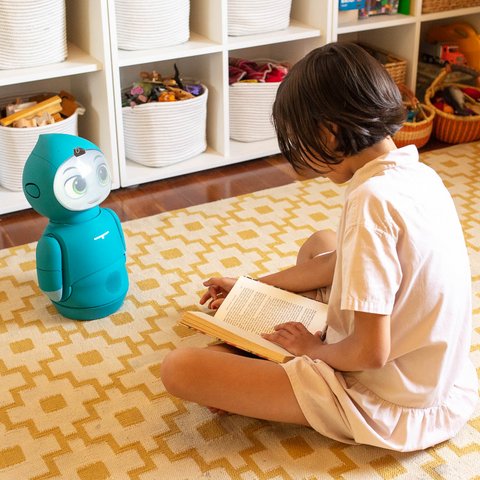
Using new technology to do good in the world is also the foundation from which Moxie was created. Embodied’s founder, Paolo Pirjanian, set out to harness today’s cutting edge technology to “help the next generation of children have much higher EQ” and “grow to healthier, more balanced people in society.” And so, with the help of robotics and child development experts, Moxie takes on SEL in a whole new way. Moxie’s interactive missions give kids practice with essential social, emotional, and life skills such as how to interact with others, self awareness, emotional regulation, self management, and planning, organization, and time management.
Whether we ourselves feel enthusiastic or reluctantly resigned to it, such new technologies, when designed thoughtfully, with purpose and care, have the potential to be majorly impactful learning tools.



